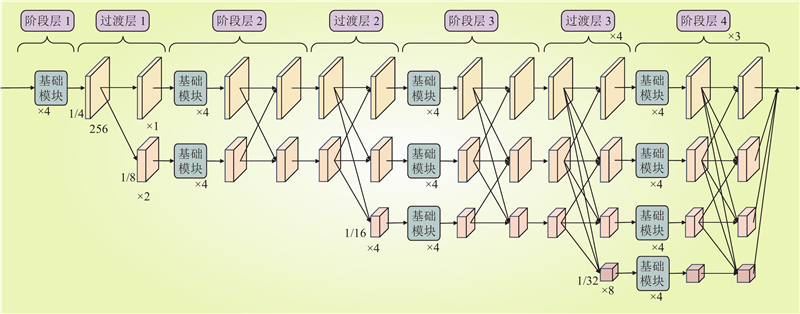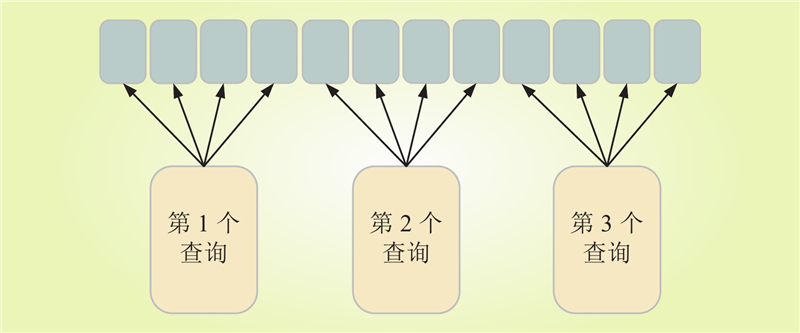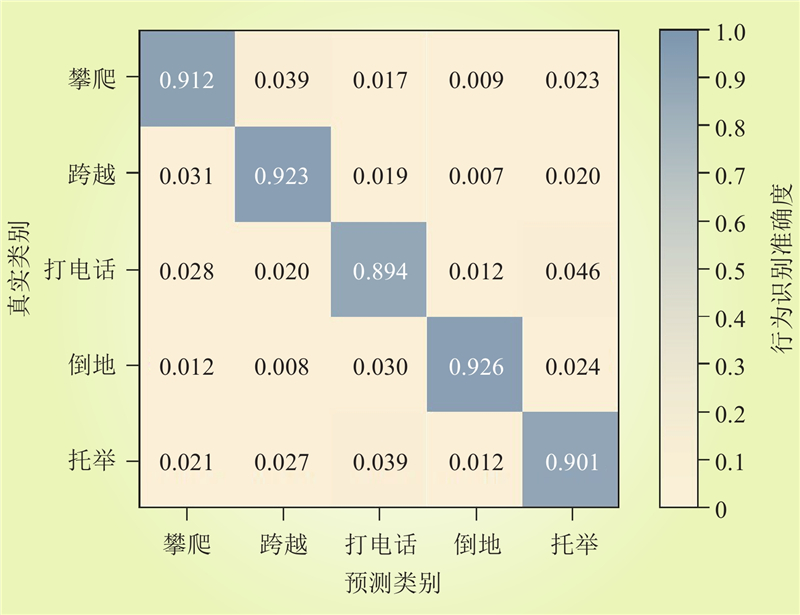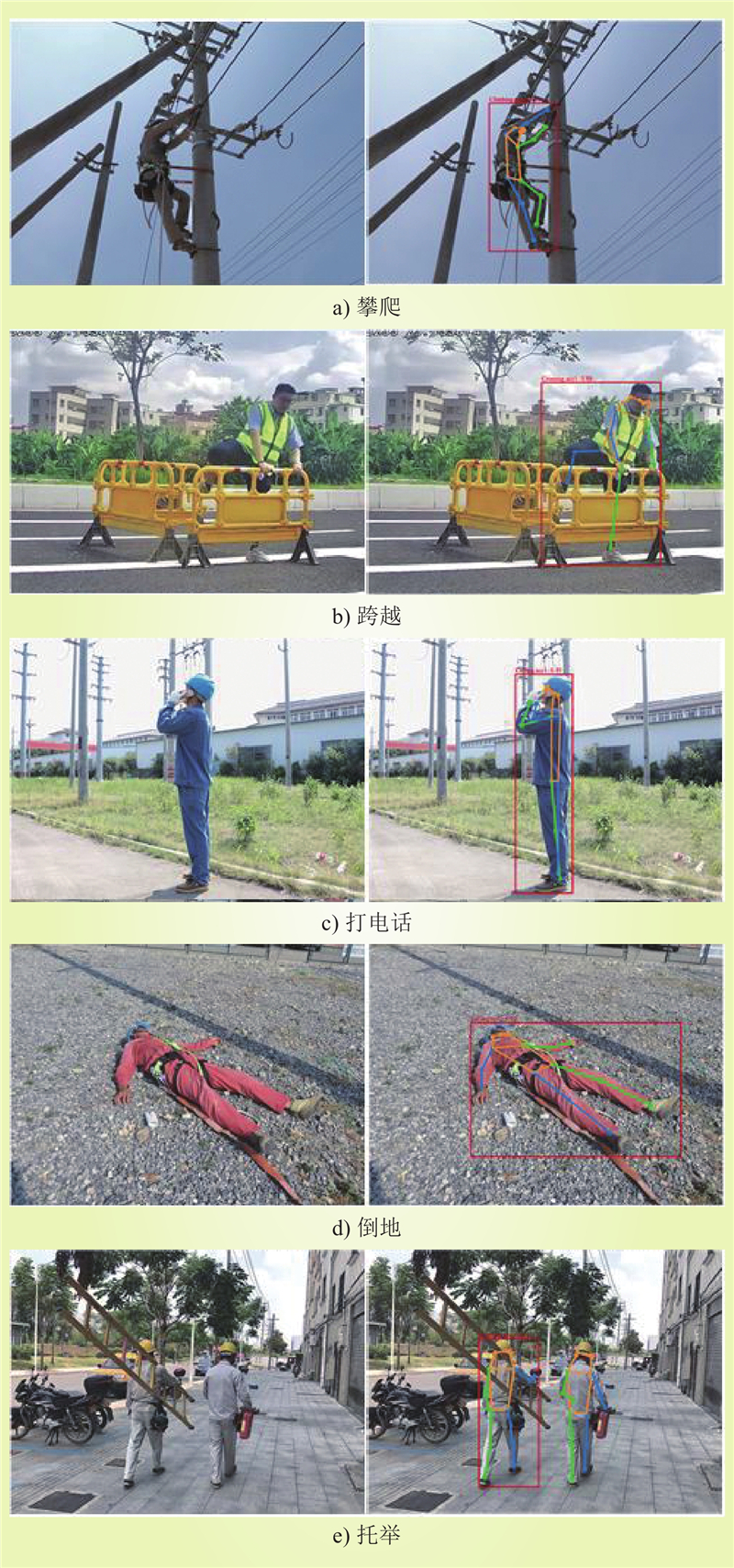| 1 |
张亮, 屈刚, 李慧星, 等. 智能电网电力监控系统网络安全态势感知平台关键技术研究及应用[J]. 上海交通大学学报, 2021, 55 (S2): 103- 109.
DOI
|
|
ZHANG Liang, QU Gang, LI Huixing, et al. Research and application of key technologies of network security situation awareness for smart grid power control systems[J]. Journal of Shanghai Jiao Tong University, 2021, 55 (S2): 103- 109.
DOI
|
| 2 |
彭超逸, 张昆, 胡亚平, 等. 动态监测系统在电力市场环境下的应用[J]. 发电技术, 2021, 42 (5): 595- -603.
DOI
|
|
PENG Chaoyi, ZHANG Kun, HU Yaping, et al. Application of dynamic monitoring system in electricity market environment[J]. Power Generation Technology, 2021, 42 (5): 595- -603.
DOI
|
| 3 |
阮莹, 叶行汶, 邓明锋, 等. 基于自适应VMD和A-SVD的MOA在线监测方法[J]. 中国电力, 2021, 54 (10): 177- 185.
DOI
|
|
RUAN Ying, YE Xingwen, DENG Mingfeng, et al. A new online monitoring method for MOA based on A-VMD and A-SVD[J]. Electric Power, 2021, 54 (10): 177- 185.
DOI
|
| 4 |
王业, 崔玉, 陆兆沿, 等. 基于CNN图像识别算法的保护装置智能巡视技术[J]. 电力工程技术, 2022, 41 (6): 252- 257.
DOI
|
|
WANG Ye, CUI Yu, LU Zhaoyan, et al. Intelligent inspection technology of protection device based on convolution neural network image recognition algorithm[J]. Electric Power Engineering Technology, 2022, 41 (6): 252- 257.
DOI
|
| 5 |
代维利. 基于改进人工神经网络的人体姿态识别方法在人机交互医疗设备中的应用[J/OL]. 计算机测量与控制: 1–9[2023-10-05]. http://kns.cnki.net/kcms/detail/11.4762.TP.20230818.1313.004.html.
|
|
DAI Weili. Application of improved artificial neural network-based human pose recognition method in human-machine interactive medical devices[J/OL]. Computer Measurement & Control: 1–9[2023-10-05]. http://kns.cnki.net/kcms/detail/11.4762.TP.20230818.1313.004.html.
|
| 6 |
李颀, 姜莎莎. 面向家庭安防系统的姿态和物体融合识别方法[J]. 中国科技论文, 2021, 16 (3): 281- 287.
DOI
|
|
LI Qi, JIANG Shasha. Fusing pose and interactive objects recognition method for home security system[J]. China Sciencepaper, 2021, 16 (3): 281- 287.
DOI
|
| 7 |
周巡, 黄保青, 陈亚晨, 等. 智能眼镜人机交互功能中眼行为识别方法的设计与实现[J]. 激光杂志, 2022, 43 (3): 76- 81.
DOI
|
|
ZHOU Xun, HUANG Baoqing, CHEN Yachen, et al. Eye movement detection of human-machine interaction for smart glass[J]. Laser Journal, 2022, 43 (3): 76- 81.
DOI
|
| 8 |
SCHULDT C. Recognizing human motions: a local svm approach[J]. Proc. of IEEE Int. conf. on Pattern Recognition Aug, 2004, 3.
|
| 9 |
TOLSTIKHIN I, HOULSBY N, KOLESNIKOV A, et al. MLP-Mixer: an all-MLP architecture for vision: 10.48550/arXiv. 2105.01601[P]. 2021.
|
| 10 |
王鸿, 邓元实, 常政威, 等. 基于深度学习的电力作业人员行为识别技术[J]. 四川电力技术, 2022, 45 (3): 23- 28.
DOI
|
|
WANG Hong, DENG Yuanshi, CHANG Zhengwei, et al. Behavior recognition technology of power operating person based on deep learning[J]. Sichuan Electric Power Technology, 2022, 45 (3): 23- 28.
DOI
|
| 11 |
宋怀波, 韩梦璇, 王云飞, 等. 基于人体姿态估计与场景交互的果园喷施行为检测方法[J]. 农业机械学报, 2023, 54 (2): 63- 72.
DOI
|
|
SONG Huaibo, HAN Mengxuan, WANG Yunfei, et al. Monitoring of spraying behavior in orchard based on interaction of human posture estimation and scenes[J]. Transactions of the Chinese Society for Agricultural Machinery, 2023, 54 (2): 63- 72.
DOI
|
| 12 |
赵文杰. 基于关键点检测和多分类器融合决策的人体行为识别研究与应用[D]. 济南: 山东大学, 2021.
|
|
ZHAO Wenjie. Research and application of human behavior recognition based on key point detection and multi-classifier fusion decision[D]. Jinan: Shandong University, 2021.
|
| 13 |
ABEYWICKRAMA T, CHEEMA M A, TANIAR D. K-nearest neighbors on road networks[J]. Proceedings of the VLDB Endowment, 2016, 9 (6): 492- 503.
DOI
|
| 14 |
JORDAN A. On discriminative vs. generative classifiers: a comparison of logistic regression and naive bayes[J]. Discrimination, 2002.
|
| 15 |
王婷婷, 丁浩, 张周胜. 基于深度学习和多模型融合的局部放电模式识别方法[J]. 电力工程技术, 2023, 42 (3): 188- 195.
DOI
|
|
WANG Tingting, DING Hao, ZHANG Zhousheng. A partial discharge pattern recognition method based on deep learning and multi-model fusion[J]. Electric Power Engineering Technology, 2023, 42 (3): 188- 195.
DOI
|
| 16 |
王鸿, 陈明举, 熊兴中, 等. 基于OpenPose与AT-STGCN的电力作业人员行为识别技术[J]. 四川轻化工大学学报(自然科学版), 2023, 36 (4): 61- 70.
DOI
|
|
WANG Hong, CHEN Mingju, XIONG Xingzhong, et al. Behavior recognition technology of power operator based on OpenPose and AT-STGCN[J]. Journal of Sichuan University of Science & Engineering (Natural Science Edition), 2023, 36 (4): 61- 70.
DOI
|
| 17 |
COVINGTON P, ADAMS J, SARGIN E. Deep neural networks for YouTube recommendations[C]//Proceedings of the 10th ACM Conference on Recommender Systems. Boston, Massachusetts, USA. New York: ACM, 2016: 191–198.
|
| 18 |
钱学成. 静态图像中的行为识别系统设计[D]. 广州: 华南理工大学, 2016.
|
|
QIAN Xuecheng. Design of behavior recognition system in static image[D]. Guangzhou: South China University of Technology, 2016.
|
| 19 |
陈立潮, 秦杰, 陆望东, 等. 自注意力机制的短文本分类方法[J]. 计算机工程与设计, 2022, 43 (3): 728- 734.
DOI
|
|
CHEN Lichao, QIN Jie, LU Wangdong, et al. Short text classification method based on self-attention mechanism[J]. Computer Engineering and Design, 2022, 43 (3): 728- 734.
DOI
|
| 20 |
刘云, 薛盼盼, 李辉, 等. 基于深度学习的关节点行为识别综述[J]. 电子与信息学报, 2021, 43 (6): 1789- 1802.
DOI
|
|
LIU Yun, XUE Panpan, LI Hui, et al. A review of action recognition using joints based on deep learning[J]. Journal of Electronics & Information Technology, 2021, 43 (6): 1789- 1802.
DOI
|
| 21 |
梁绪, 李文新, 张航宁. 人体行为识别方法研究综述[J]. 计算机应用研究, 2022, 39 (3): 651- 660.
|
|
LIANG Xu, LI Wenxin, ZHANG Hangning. Review of research on human action recognition methods[J]. Application Research of Computers, 2022, 39 (3): 651- 660.
|
| 22 |
周燕, 刘紫琴, 曾凡智, 等. 深度学习的二维人体姿态估计综述[J]. 计算机科学与探索, 2021, 15 (4): 641- 657.
DOI
|
|
ZHOU Yan, LIU Ziqin, ZENG Fanzhi, et al. Survey on two-dimensional human pose estimation of deep learning[J]. Journal of Frontiers of Computer Science and Technology, 2021, 15 (4): 641- 657.
DOI
|
| 23 |
VASWANI A, SHAZEER N, PARMAR N, et al. Attention is all you need[C]//Proceedings of the 31st International Conference on Neural Information Processing Systems. Long Beach, California, USA. New York: ACM, 2017: 6000–6010.
|
| 24 |
王薇, 张青, 龙飞, 等. 基于深度学习的危险行为识别系统设计[J]. 信息与电脑(理论版), 2022, 34 (9): 62- 64.
|
|
WANG Wei, ZHANG Qing, LONG Fei, et al. Design of dangerous behavior recognition system based on deep learning[J]. Information & Computer, 2022, 34 (9): 62- 64.
|
| 25 |
吴春香, 吴恋. 面向视频的人员入侵检测方法研究及应用[J]. 计算机技术与发展, 2022, 32 (4): 116- 121.
DOI
|
|
WU Chunxiang, WU Lian. Research and application of video oriented personnel intrusion detection method[J]. Computer Technology and Development, 2022, 32 (4): 116- 121.
DOI
|
| 26 |
CARION N, MASSA F, SYNNAEVE G, et al. End-to-end object detection with transformers[M]//Computer Vision–ECCV 2020. Cham: Springer International Publishing, 2020: 213-229.
|
| 27 |
SUN K, XIAO B, LIU D, et al. Deep high-resolution representation learning for human pose estimation[C]//2019 IEEE/CVF Conference on Computer Vision and Pattern Recognition (CVPR). Long Beach, CA, USA. IEEE, 2020: 5686–5696.
|








